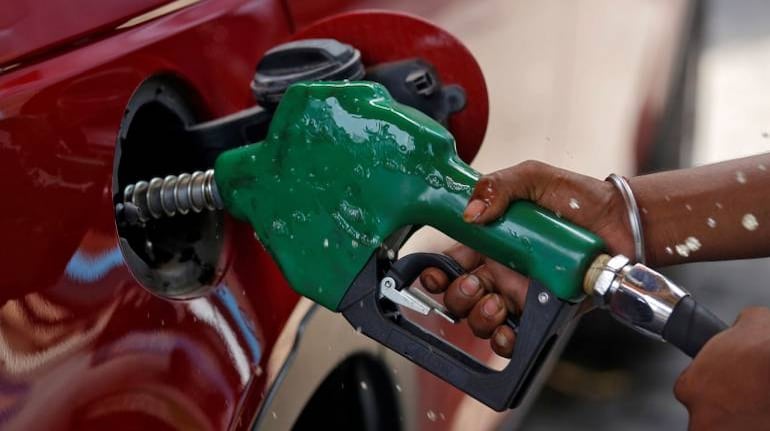



After India achieved its target of an average of 10% blending across the country five months in advance, the government and industry are hopeful of expediting the more ambitious target of increasing the ethanol blending to 20% by 2025-26.
Union minister for petroleum and natural gas Hardeep Singh Puri said on June 6 that some petrol pumps in the country may be able to sell 20% ethanol blended petrol ahead of the April 2023 target.
India’s ethanol blending percentage stood at 2.33% in 2014. With the steps taken by the government in the last eight years, the availability of ethanol for blending is expected to go up to 450 crore litres in the current Ethanol Supply Year (ESY) from 67 crore litres in 2014.
Talking at the ‘Leaders of Climate Change Management' programme, Puri said all of the government's plans have “full emphasis on green sustainability.”
“Whether it is 10% ethanol blending already achieved or the target of 20% ethanol blending which was set for 2030, which we are going to do by 2025 or the fact that E20 petrol will start being available at our bunks on April 1, 2023, or even earlier,” the minister said.
Ethanol blended petrol serves the twin aim of reducing carbon dioxide emissions and energy security.
Last month, the government amended the National Biofuel Policy-2018, which, among other things, advanced the ethanol blending target of 20% in petrol to 2025-26 from 2030 earlier.
“We have succeeded in achieving 10% blending of biofuels good five-six months before the target date. That’s the spirit with which we are approaching sustainability on all fronts," Puri said.
In an attempt to boost biofuel production, the government has also made amendments to include more feedstocks for their production. It also aims to promote the production of biofuels in the country under the ‘Make in India’ umbrella at units located in Special Economic Zones (SEZ)/ Export Oriented Units (EoUs). The government has also allowed the addition of new members to the National Biofuel Coordination Committee (NBCC).
The government’s intent to boost blending is evident also from the decision to impose an additional differential excise duty of Rs 2 a litre on unblended fuel beginning October 1.
A senior official from one of the state-run oil marketing companies said that all three OMCs are working at “war footing” to not just meet but beat the target.
OMCs are making huge investments in augmenting the blending infrastructure at their terminals and depots to meet the blending targets. “In order to achieve uniform blending across the country, the OMCs are now transporting ethanol as well as ethanol blended petrol over long distances with the help of Railway Tank Wagons,” the three OMCs said in a joint statement.
Last month, the three OMCs– Bharat Petroleum Corporation Ltd (BPCL), Hindustan Petroleum Corporation Ltd (HPCL), and Indian Oil Corporation Ltd (IOCL)-- signed agreements with banks for five upcoming dedicated ethanol plants in the states of Bihar and Madhya Pradesh.
The three OMCs in order to meet the gap between current availability and the future requirements of ethanol for the blending programme, now have total long term off-take agreements with 131 upcoming dedicated ethanol plants in ethanol deficit states which will augment the ethanol production capacity by around 750 crore litres per annum. This is expected to improve ethanol availability and help in achieving the blending targets set for the country.
Discover the latest Business News, Sensex, and Nifty updates. Obtain Personal Finance insights, tax queries, and expert opinions on Moneycontrol or download the Moneycontrol App to stay updated!
Find the best of Al News in one place, specially curated for you every weekend.
Stay on top of the latest tech trends and biggest startup news.